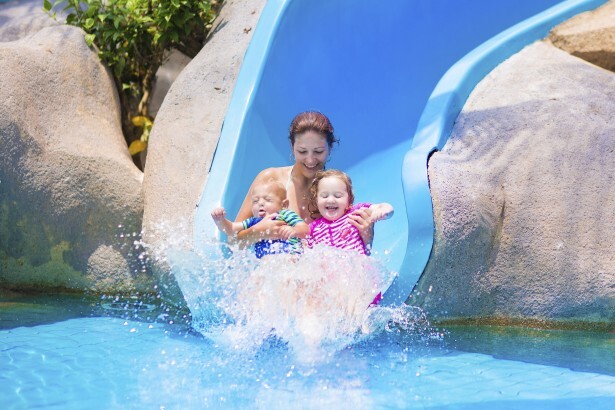Dry & Secondary Drowning

Secondary drowning and dry drowning are rare and make up only 1% -2% of drowning incidents. However, it is important to recognize how these types of drowning can occur and that they are fatal if the warning symptoms are ignored.
Secondary Drowning occurs after an initial near drowning incident. Although your child may appear to be fine after surviving the initial incident, a small amount of water may have entered their lungs, causing the lungs to deteriorate and lead to death. Dry Drowning, on the other hand, occurs outside of the water. This can occur within 24 hours of leaving the water.
It is important to note that these types of drowning can take anywhere from 1 hour to 72 hours to develop. If your child has had a near drowning incident, it is important to seek medical attention immediately where an x-ray of the lungs can be obtained and the child monitored overnight.
Chemicals added to pool water can also cause a chemical pneumonitis which will inflame and irritate the lungs further complicating the prognosis. Salt water can also be a complicating factor. You should be aware that although your child is rescued from the water following the incident and they seem perfectly fine, you should have them checked to ensure the lungs are clear of fluids. These incidents should not be taken lightly and it should be noted that adults are also susceptible to these types of drowning.
Secondary drowning is a risk factor if the child gulps in water (even a small amount of water), or has an unexpected submersion. The child’s airways open up, allowing water to enter their lungs resulting in pulmonary edema. Although this can also happen to adults, it is more common with children because of their small size.
Dry drowning usually happens right after an incident in the water. It is caused by breathing in water, which causes the vocal chords to spasm and close up shutting off his airways making it hard to breathe.
Symptoms for both these types of drowning include:
– coughing;
– chest pain;
– trouble breathing;
– feeling extremely tired;
– shortness of breath; and
– fever.
You should also be aware of any changes in your child’s behaviour, as they may not be getting enough oxygen to the brain. By seeking medical attention immediately, doctors should be able to treat any lingering issues.
